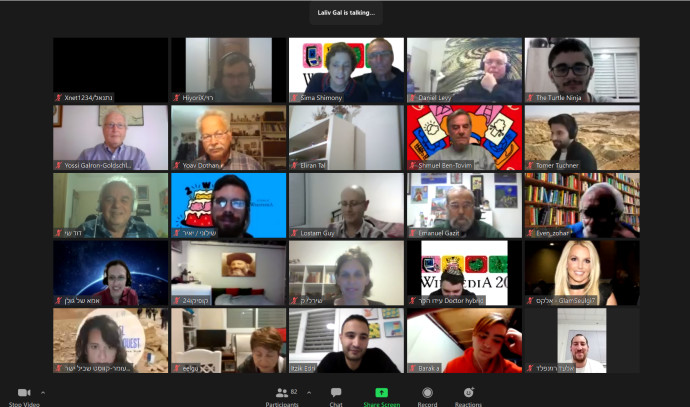Although virtual studying by school pupils and working from a distance by employees were initially thought during the COVID-19 pandemic to be a blessing, they quickly turned off people of all ages who regarded them as a bore. The same thing occurred during the beginning of the Gaza War when schools and workplaces closed.
New research from Finland suggests that sleepiness during virtual meetings is caused by mental underload and boredom.
Earlier studies suggested that fatigue from virtual meetings stems from mental overload, but new research from Aalto University shows that sleepiness during virtual meetings might actually be a result of mental underload and boredom.
It’s not exhaustion, but boredom
“I expected to find that people get stressed in remote meetings. But the result was the opposite – especially those who were not engaged in their work quickly became drowsy during remote meetings,’ said Prof. Niina Nurmi, an expert in organizational psychology and organizational behavior who led the study.
The researchers measured heart rate variability during virtual meetings and face-to-face meetings, examining different types of fatigue experiences among 44 knowledge workers across nearly 400 meetings. The team published in the Journal of Occupational Health Psychology under the title “Virtual Meeting Fatigue: Exploring the Impact of Virtual Meetings on Cognitive Performance and Active Versus Passive Fatigue.”
“We combined physiological methods with ethnographic research, following each participant for two workdays, recording all events with time stamps to find out the sources of human physiological responses,” Nurmi explained. They used subjective and heart-rate variability to investigate the relationships between virtual versus face-to-face meetings and active (exhaustion) and passive types (drowsiness) of tiredness. The study also included a questionnaire to identify people’s general attitudes and work engagement.
“A meeting’s format had little effect on people who were highly engaged and enthusiastic about their work. They were able to stay active even during virtual meetings. On the other hand, workers whose work engagement was low and who were not very enthusiastic about their work found virtual meetings very tiring.”
“It’s easier to maintain focus in face-to-face meetings than in virtual ones, as the latter have limited cognitive cues and sensory input. ‘Especially when cameras are off, the participant is left under-stimulated and may start to compensate by multitasking,” she continued. “Although an appropriate level of stimulation is generally beneficial for the brain, multitasking during virtual meetings is problematic. Only highly automated tasks, such as walking, can be properly carried out during a virtual meeting.”
She suggested that walking and other automated activities can boost your energy levels and help you concentrate on the meeting.
“But if you’re trying to focus simultaneously on two things that require cognitive attention, you can’t hear if something important is happening in the meeting. Alternatively, you have to constantly switch between tasks. It’s really taxing for the brain.”




